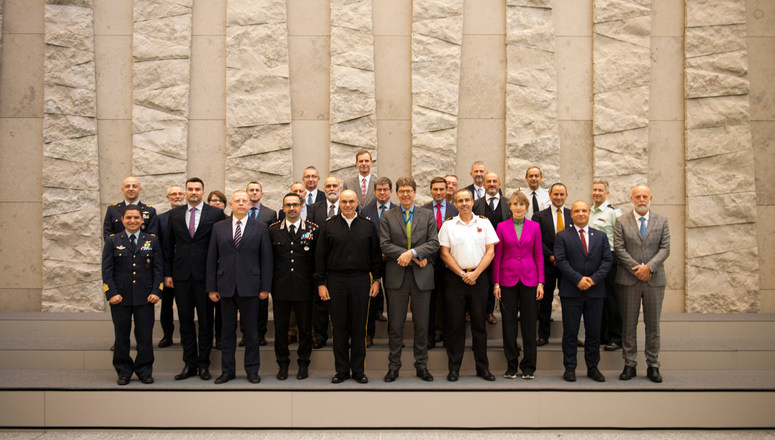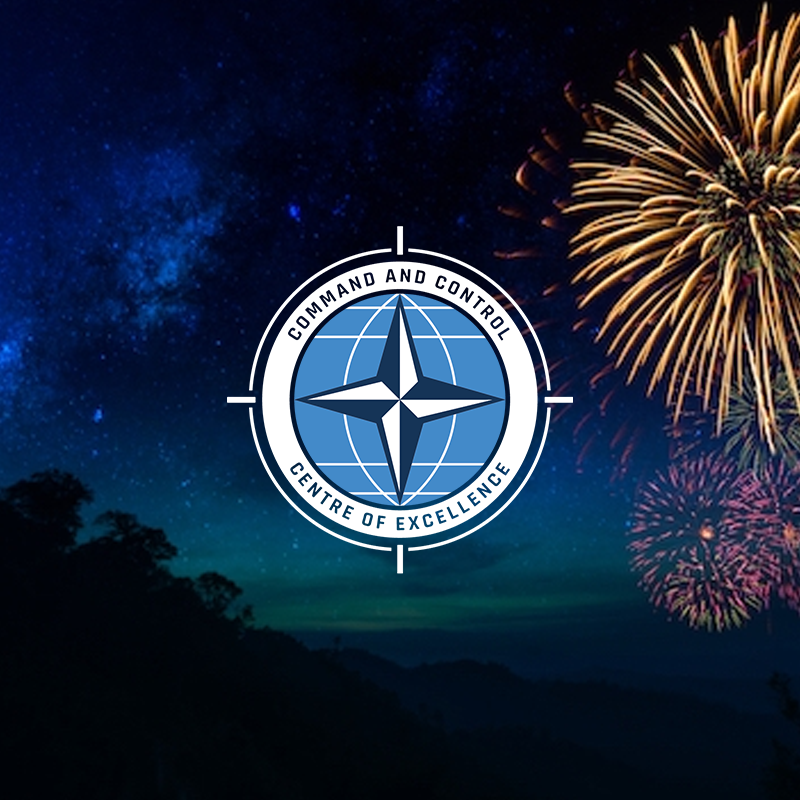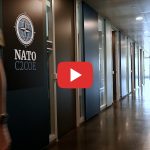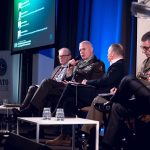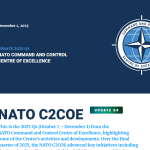On 22 October 2019, the Assistant Secretary General for Intelligence and Security, Ambassador Arndt Freytag von Loringhoven, the Deputy Assistant Secretary General for Intelligence, Major General Raúl Escribano, and the Supreme Allied Command Transformation Representative in Europe, Brigadier General Eduard Simion, hosted 12 Centres of Excellence (COEs), at NATO HQ, to discuss improved cooperation on common areas of interest.
NATO faces the most complex and unpredictable security environment in a generation, with enduring challenges and threats from all strategic directions; from state and non-state actors; from military forces; and from terrorist, cyber, and hybrid attacks. In response, NATO is implementing major adaptations to its posture and structures to make sure it remains flexible, ready and robust.
At the Brussels Summit in 2018, Allied leaders agreed to enhance NATO’s intelligence, bolster its strategic awareness and advance planning to support the Alliance’s decision-making and actions. This informal Community of Interest meeting, the first of its kind, is a clear example of NATO’s improved approach to situational awareness and sharing. The purpose of the meeting was to gain a mutual understanding of the work that the COEs and the intelligence staffs are undertaking and to identify areas where the COEs could assist NATO’s Intelligence Community in the areas of education and training, concept and policy development, capability development, and lessons learned.
Opening the meeting, Ambassador Freytag von Loringhoven highlighted this unique opportunity, “the dialogue we start here today will enable us to improve our overall coherence and streamline our efforts. This is about expanding our capabilities to maximize our potential. NATO needs intelligence that is relevant, of high quality, focused on leadership priorities, and delivered at the right time to the right audience. The COEs can help us achieve this”. This collaboration between the COEs and NATO’s Intelligence community will also facilitate greater synergy across various strands of works and different COEs.
COEs offer recognized expertise and experience that is of benefit to the Alliance and support the transformation of NATO, while avoiding duplication of assets, resources and capabilities already present in the NATO Command Structure. “While COEs are not part of the NATO Command Structure and NATO does not directly fund them, COEs are the connective tissue between NATO and external experts whose interests and work align. By working together we are stronger together, and in our case more aware and alert”, added Major General Escribano.
This meeting is the first step of an annual cycle of engagement and collaborative work between NATO’s Intelligence Community and the COEs.
(From NATO Headquarters’ website)

